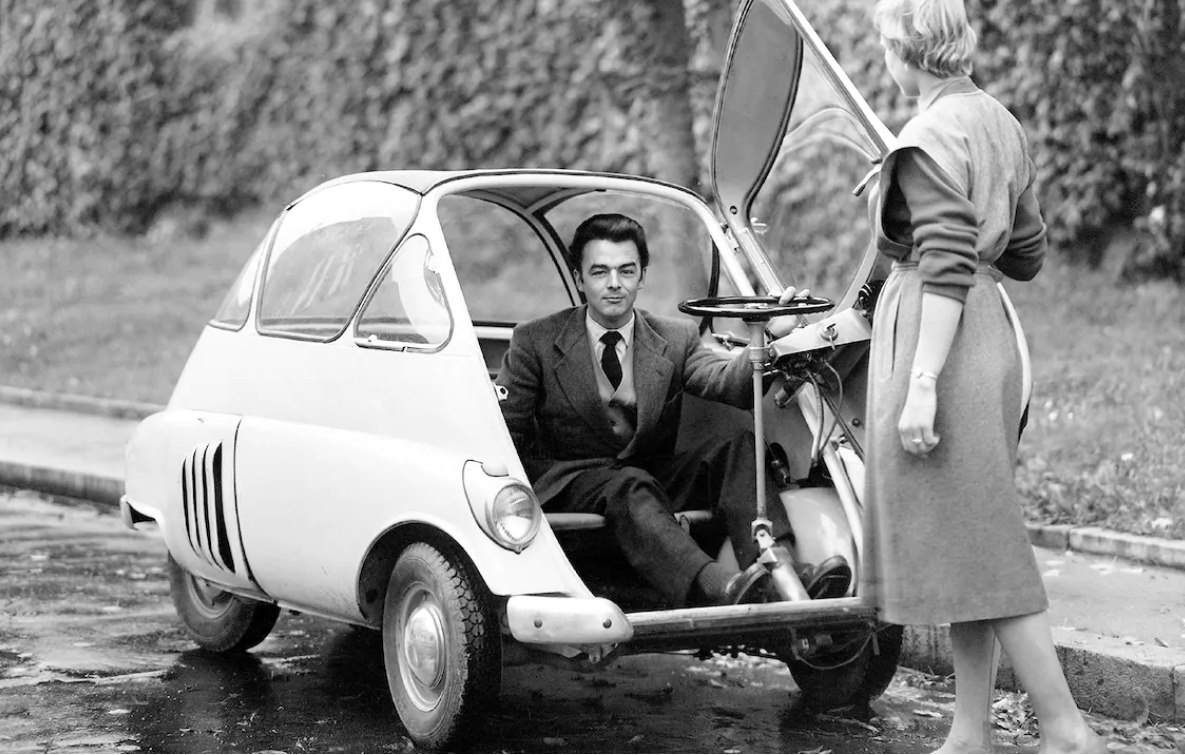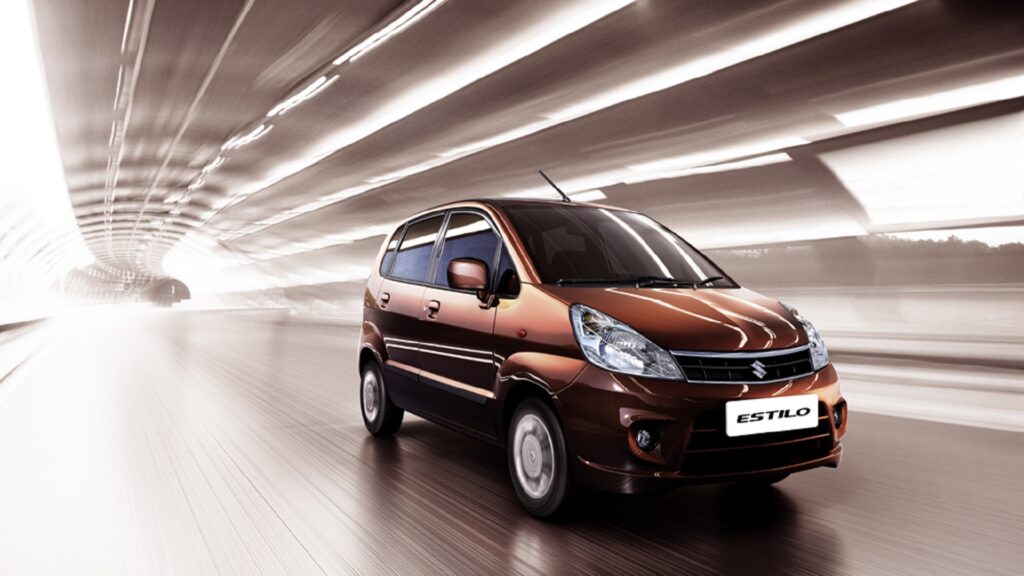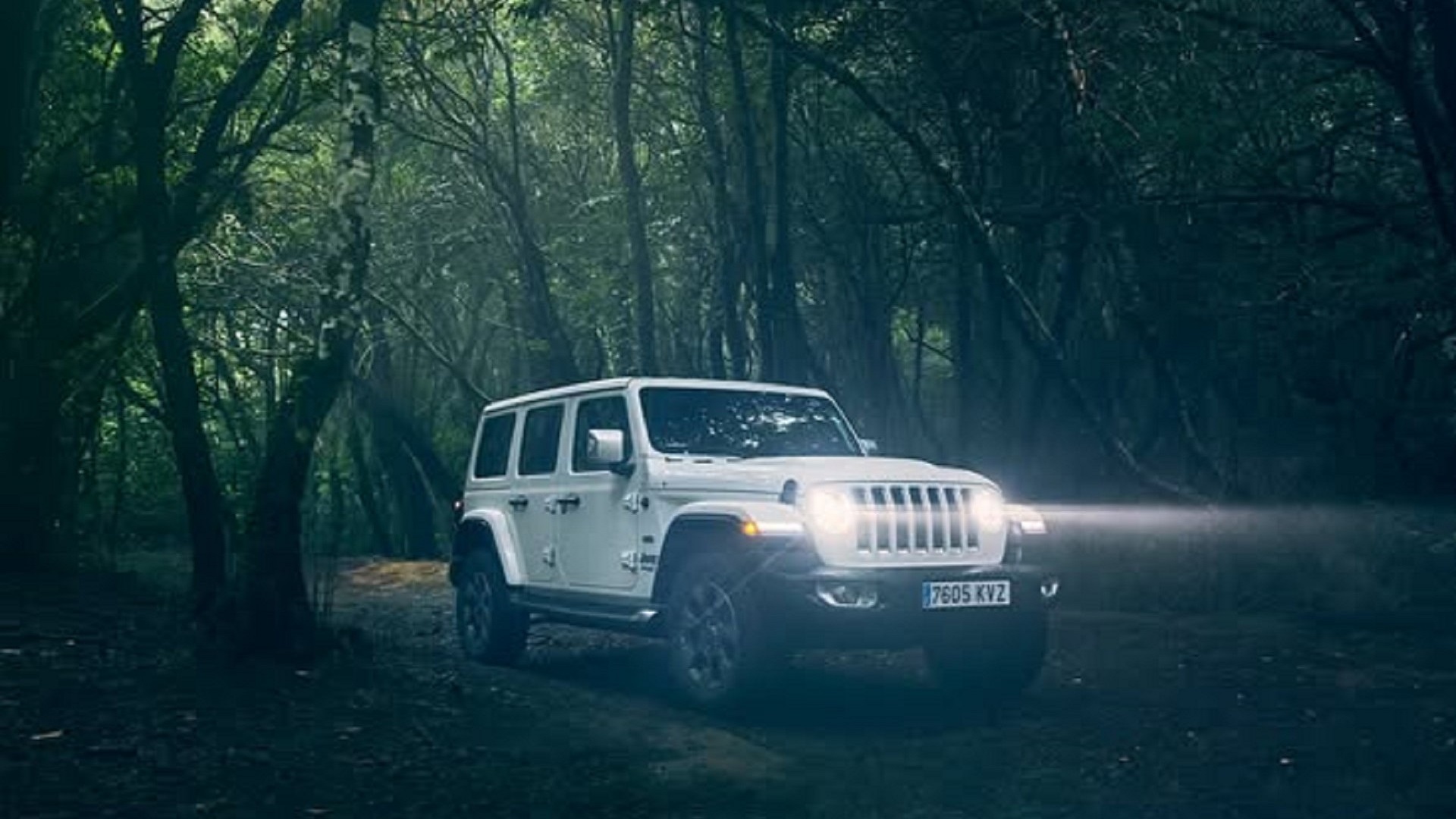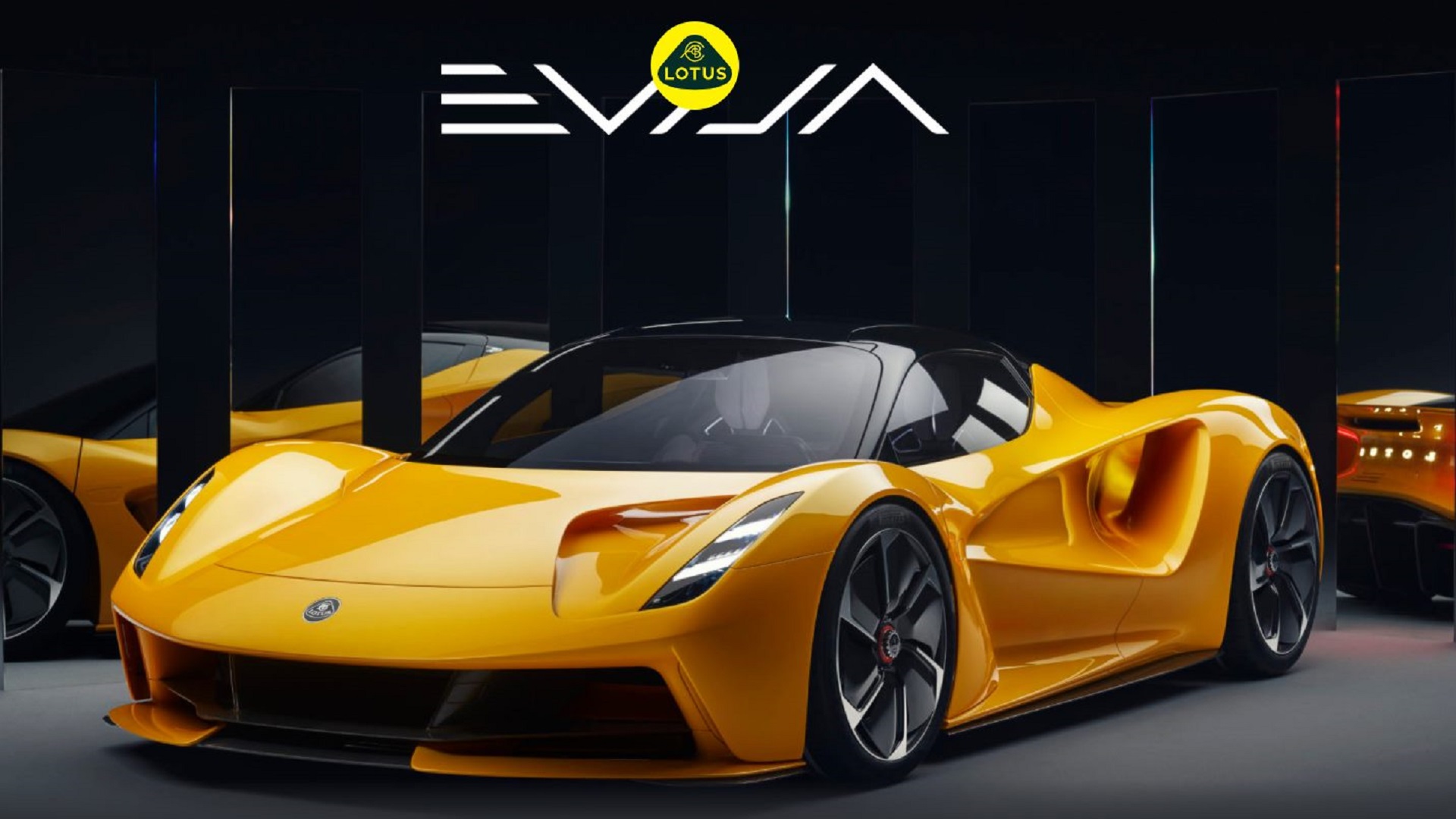Now Reading: 1955 BMW Isetta – From East Berlin to Freedom Across the Iron Curtain
-
01
1955 BMW Isetta – From East Berlin to Freedom Across the Iron Curtain
1955 BMW Isetta – From East Berlin to Freedom Across the Iron Curtain
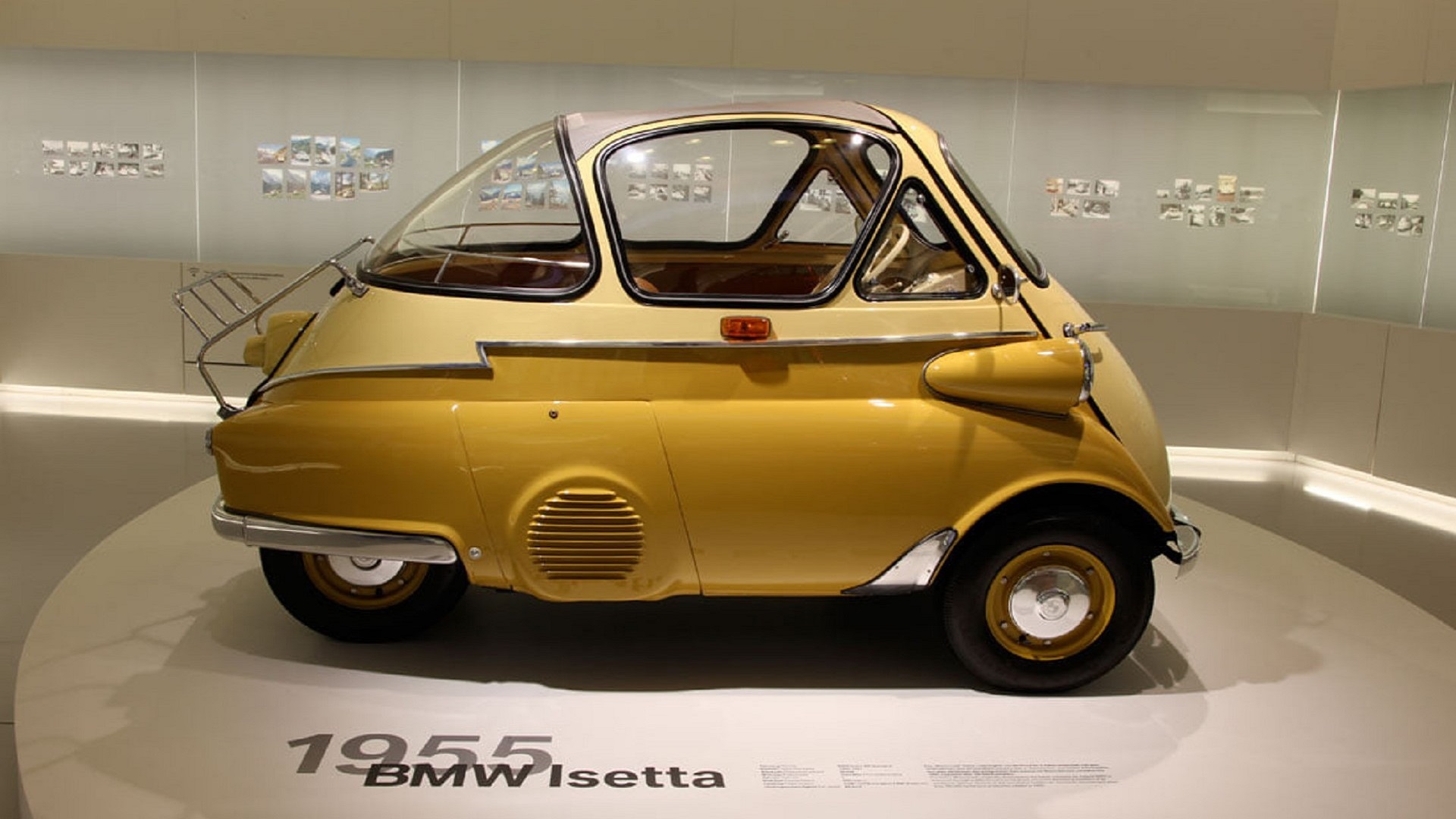
You may not be surprised to hear that cars can bring people closer. But doesn’t the need to connect grow stronger as distances increase? Have you heard the story of the Berlin Wall, built almost 30 years ago? The story of the BMW Isetta, which brought separated people together in the search for freedom, answers this question.
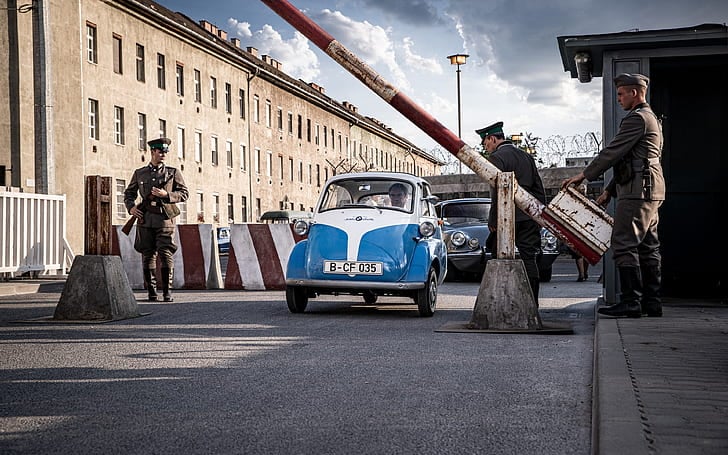
To start this story, we need to begin with the construction of the Berlin Wall; otherwise, the story would be incomplete. So, let’s go back to the end of World War II.
In 1945, after Germany’s defeat, the Allied forces (the United States, the United Kingdom, France, and the Soviet Union) controlled different regions of Germany. Western Germany was governed by the US, UK, and France, while the Soviet Union took control of Eastern Germany. Tensions soon grew between the Western nations and the Soviet Union over rebuilding Germany, eventually leading to the Cold War.
The Western Allies focused on rebuilding Western Germany, while the Soviets saw Germany as a source of reparations, using its natural resources, raw materials, and manpower to strengthen the Russian economy. The result was a stark contrast in quality of life, with Western Germany offering higher wages and better educational opportunities, while Eastern Germany offered free health services and promised other amenities.
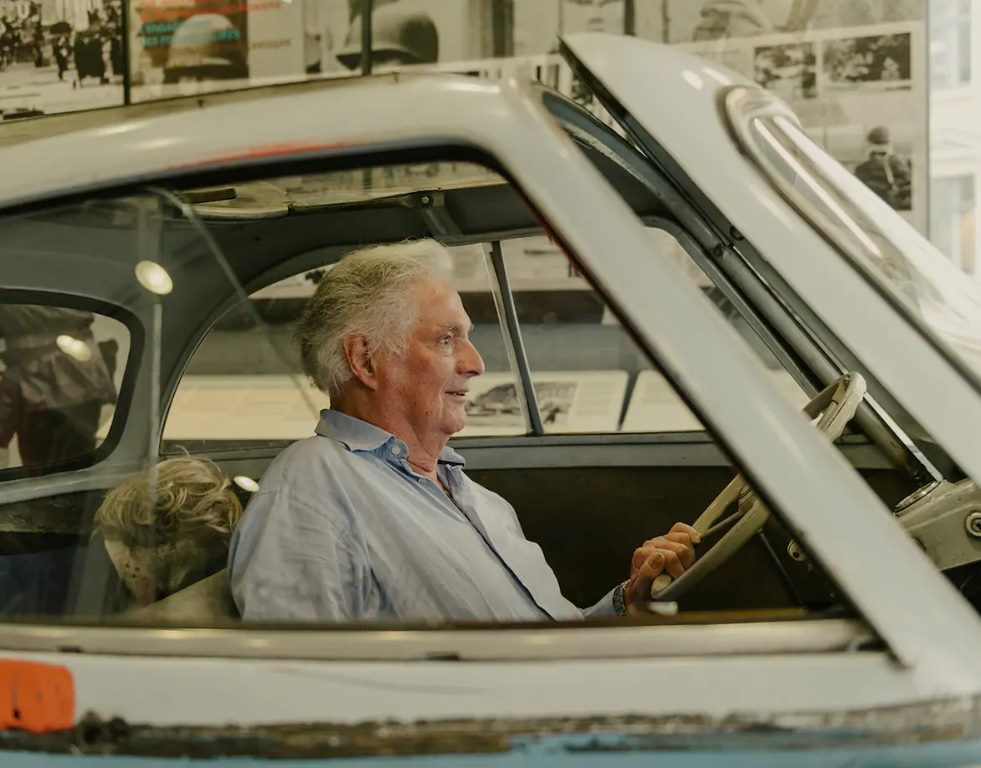

As Eastern Germans began migrating westward in search of better wages, the Soviet government decided to halt this migration. On the night of August 13, 1961, they began constructing a wall that would split Germany in two. Initially, this barrier was made of barbed wire, but over the years, it was reinforced into a high-security zone, with trade and travel across it fully restricted under Soviet orders. Eastern Germans were now trapped behind the Iron Curtain.
This brings us to our story’s main theme: in his tiny BMW Isetta, a tour guide named Jacobi helped his friend Manfred Koster escape from East Germany to West Germany. In 1964, three years after the Berlin Wall went up, Koster, who was living in East Germany, yearned to flee to the West for a life of freedom and comfort. He asked his old friend Jacobi for help, and Jacobi devised a clever plan to use his small BMW Isetta.

The BMW Isetta was initially manufactured by the Italian company Iso SPA and later produced in several European countries, including Germany. With a single-cylinder engine and a fuel consumption rate of 3 liters per 100 kilometers, the Isetta was a unique car. Measuring only 2.3 meters long and 1.4 meters wide, the plan was for Jacobi to hide his friend inside this tiny vehicle to smuggle him across the border.
Jacobi modified the car to create enough space for his friend to hide. He removed the spare tire, heating, and air filter, and replaced the 13-liter fuel tank with a smaller one. As a tour guide regularly visiting the Berlin Museum, Jacobi was able to cross the border without arousing suspicion.
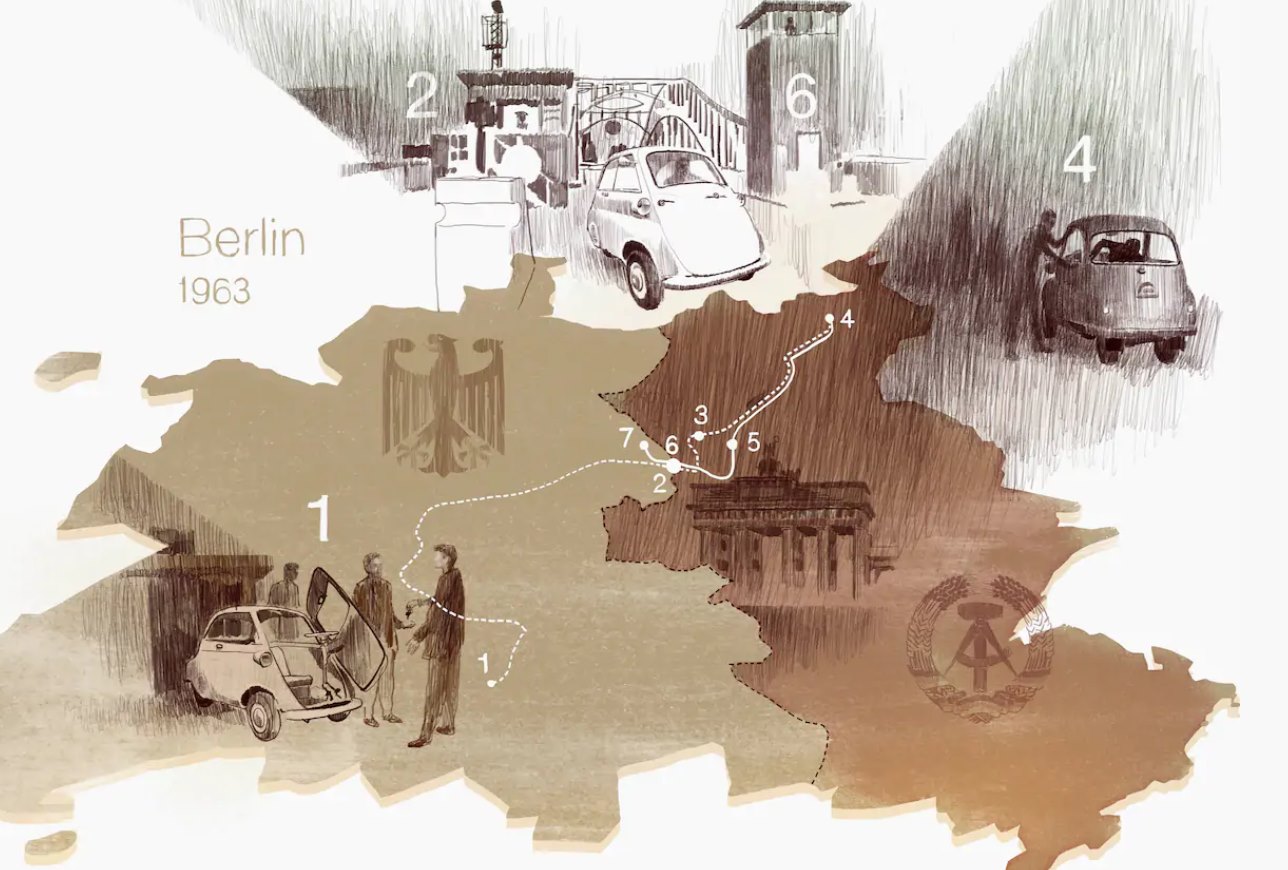
Despite the risk of being shot or caught, Jacobi managed to smuggle about ten people across the border with the Isetta. Although the Berlin Wall finally fell in November 1991, the BMW Isetta remains a symbol of human ingenuity, resilience, and the quest for freedom.
This remarkable story has been immortalized in the short film The Small Escape, which you can watch on YouTube. The BMW Isetta reminds us that even the smallest car can bring people together (Cars Connect People).
